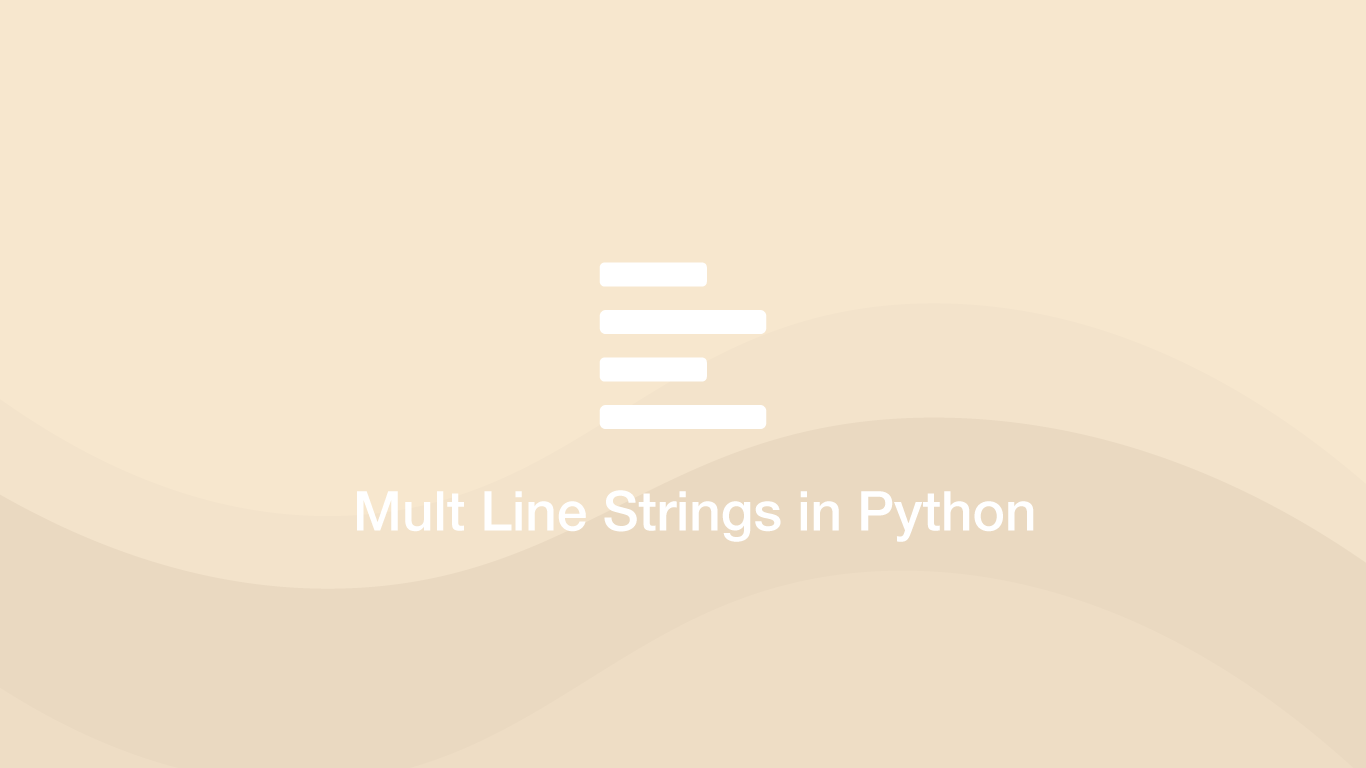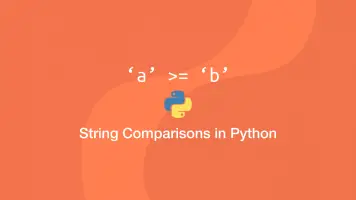How to Create Multi-Line Strings in Python
There are several ways to create multi-line strings in Python. Let's have a look at some of the different approaches we can take to solve this problem.
Using Three Double Quotes
The easiest way to create a multiline string is to wrap the string in opening and closing """ (three double quotes) and assign the value to a variable. The new lines represented in the program will also be how the string is printed.
string = """hello this is a line
and this is a line
and another line
"""
print(string)
hello this is a line
and this is a line
and another line
Using Three Single Quotes
The string can also be wrapped in ''' (three single quotes).
string = '''hello this is a line
and this is a line
and another line
'''
print(string)
hello this is a line
and this is a line
and another line
Using Parenthesis and Quotes
A single line string can be built on multiple lines in the program by wrapping it in () (parenthesis) and wrapping each line in "" (double quotes) or '' (single quotes) and storing the string in a variable.
string = ("hello this is a line"
"and this is a line"
"and another line")
print(string)
hello this is a lineand this is a lineand another line
note - as you can see from the output no extra spaces or newlines are included.
Create an Array and Convert it to a String
Another approach is to create an array of strings and then join them back together using a \n (newline) as the glue. We can do this using the .join() method.
array = ["hello this is a line", "and this is a line", "and another line"]
glue = '\n'
string = glue.join(array)
print(string)
hello this is a line
and this is a line
and another line
Conclusion
You now know how to create multi-line strings in Python in several different ways depending on your particular situation.







